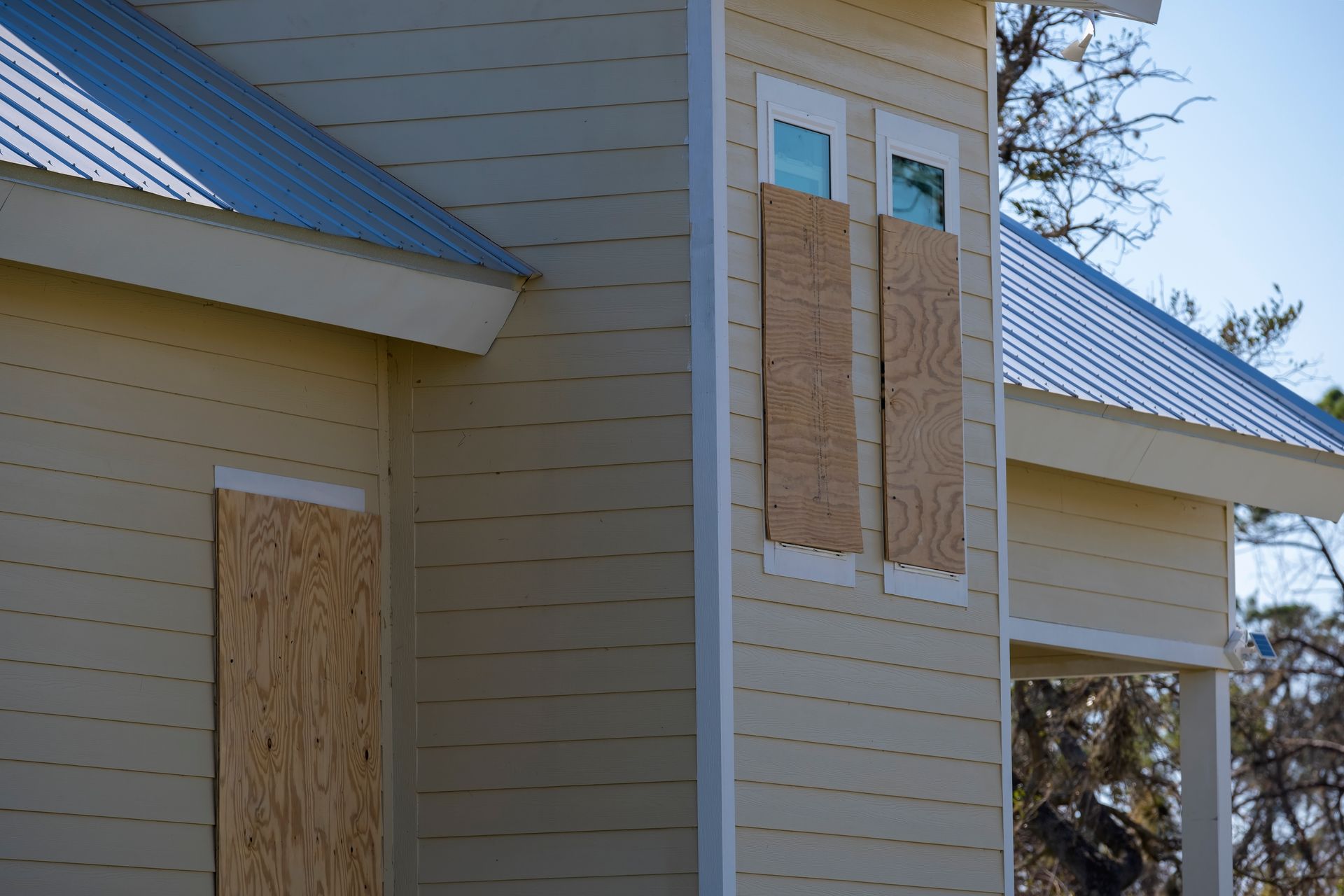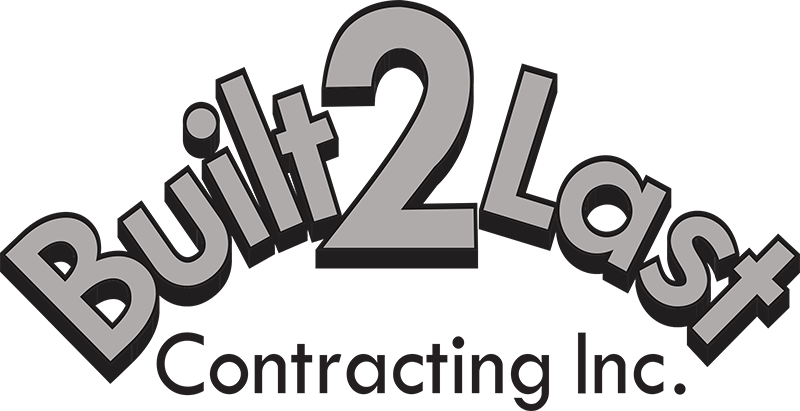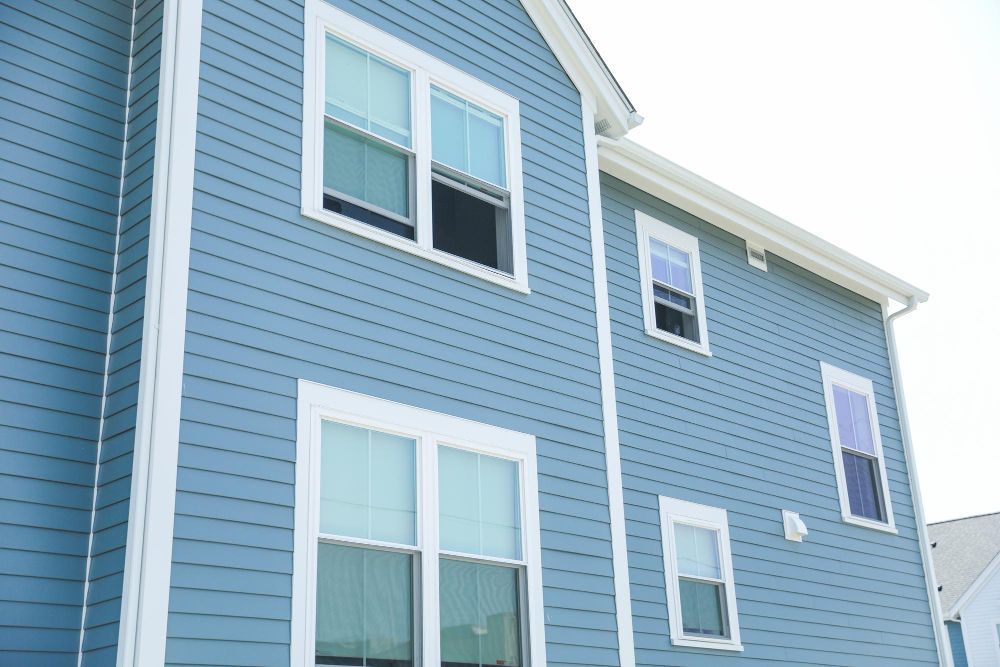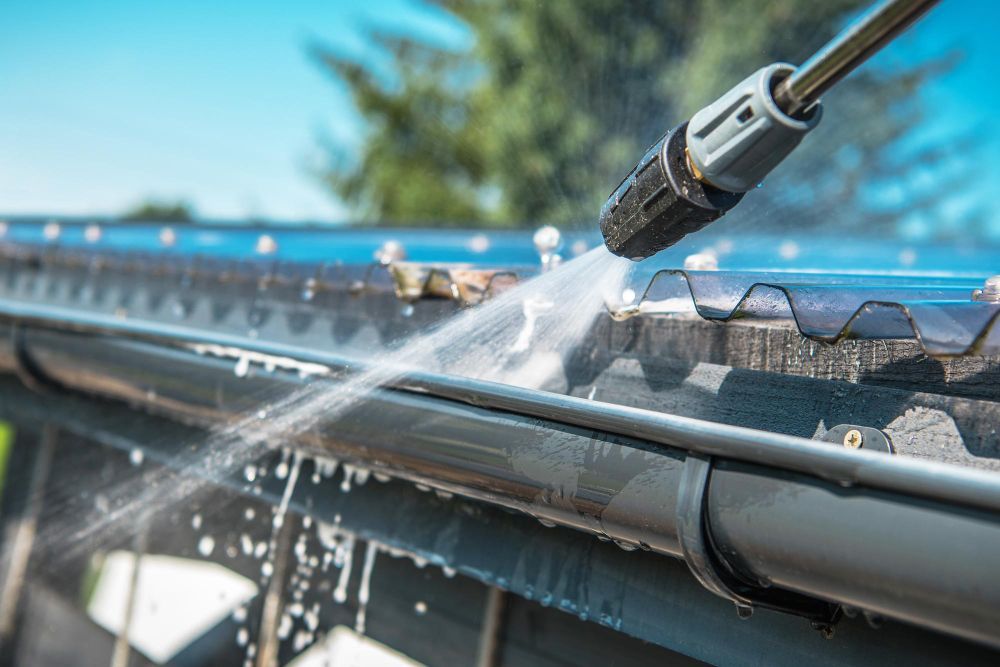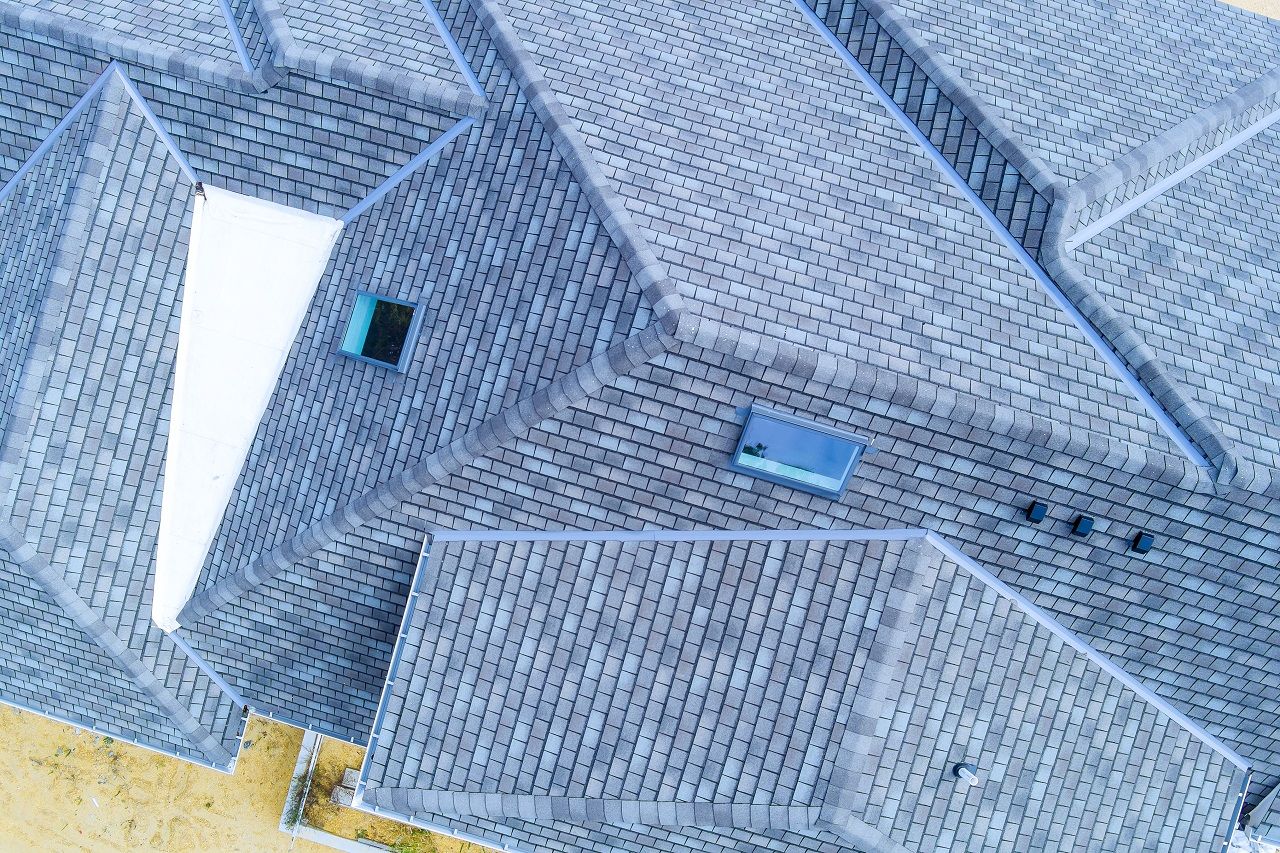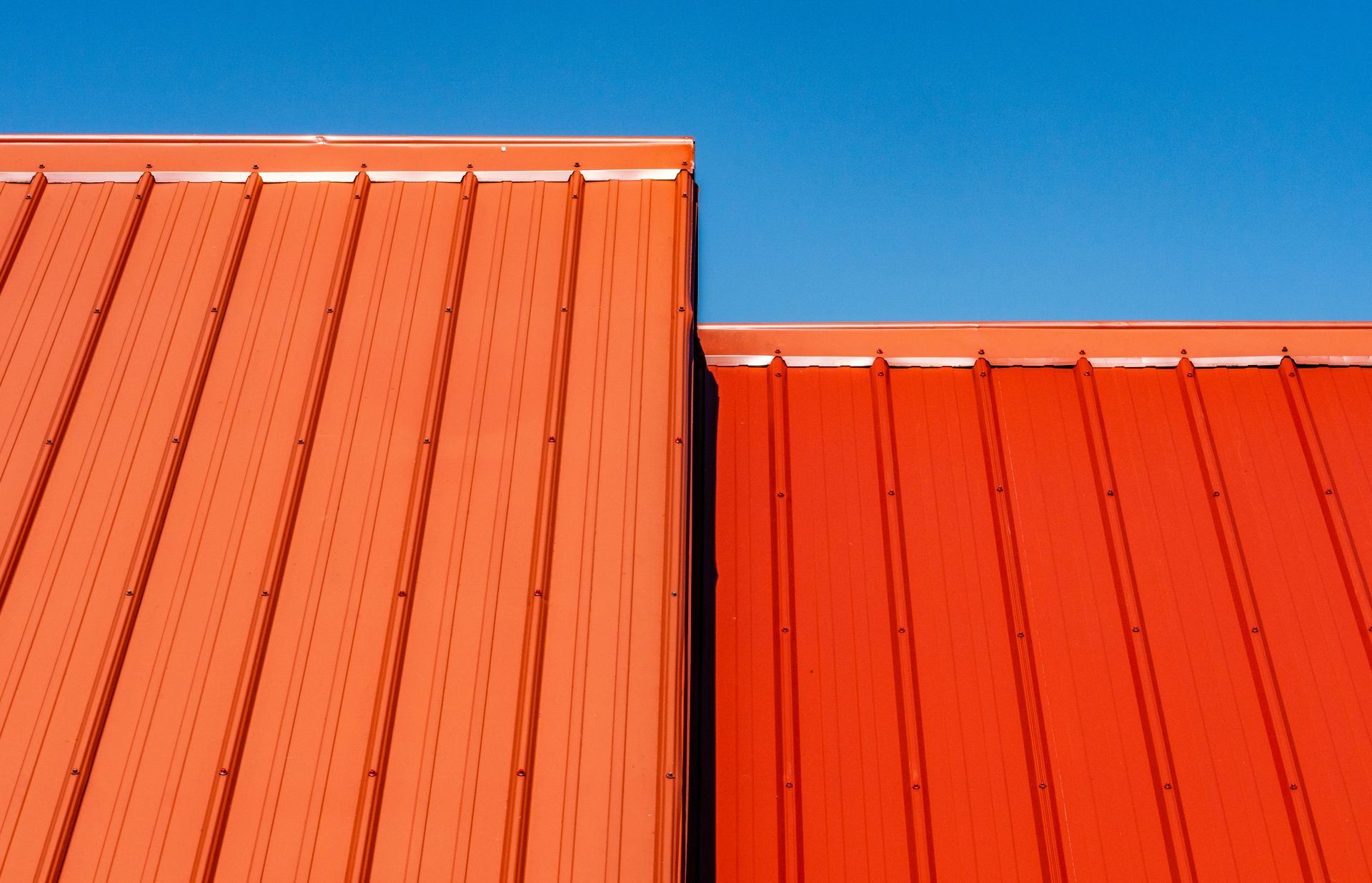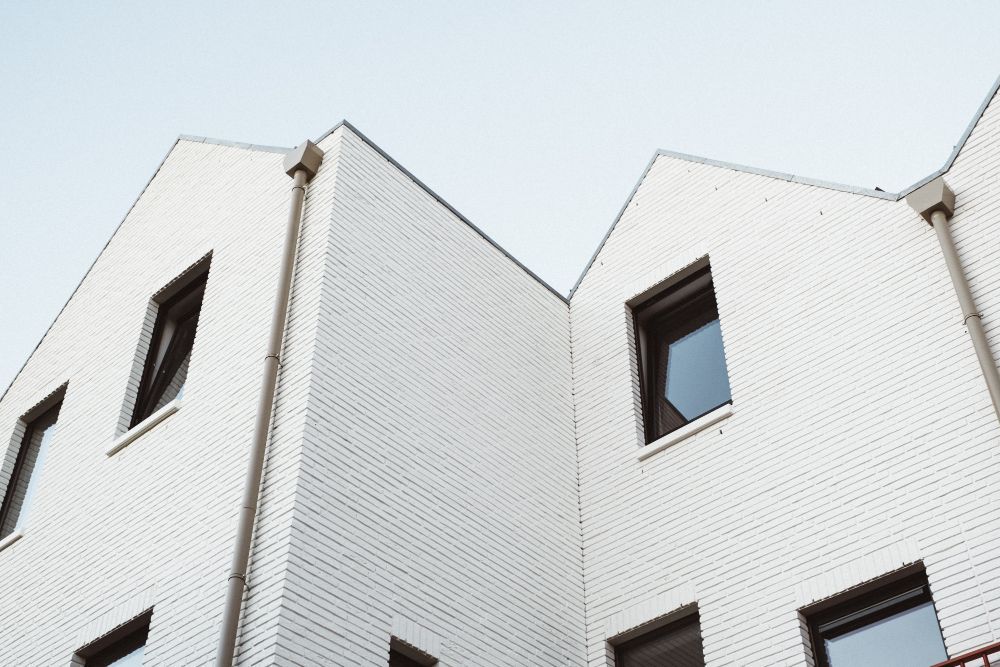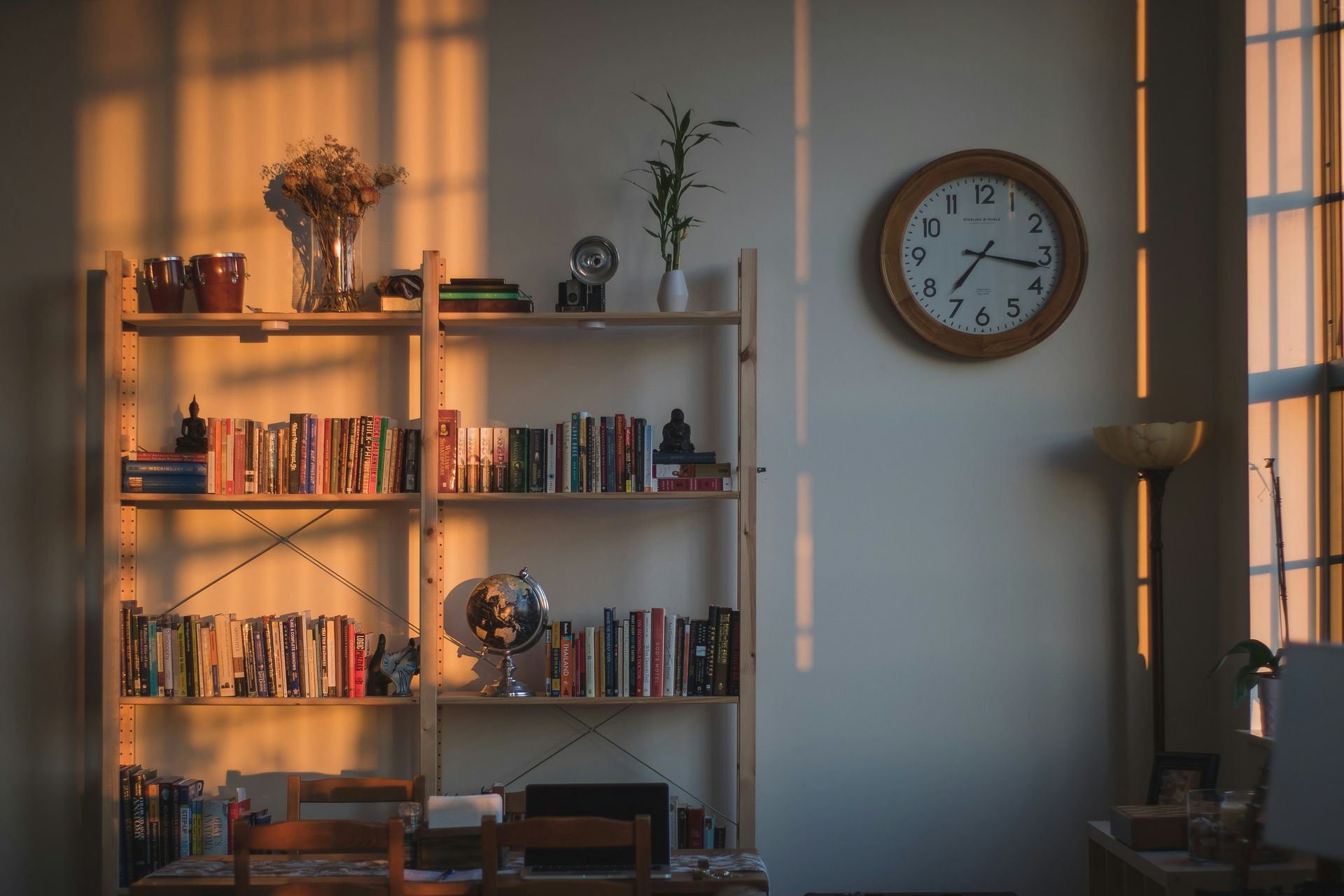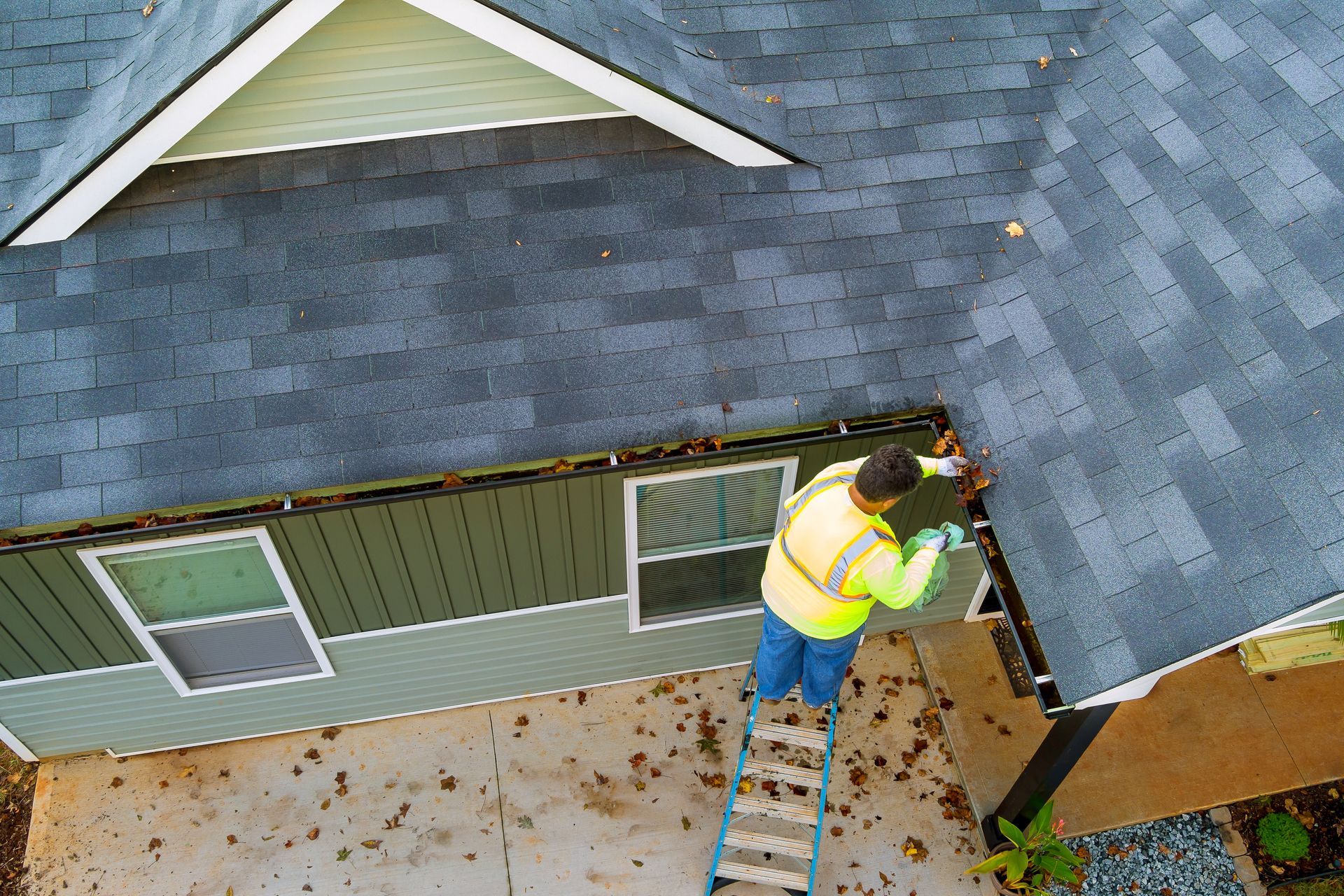The ABCs of Home Siding: Materials, Installation, and Maintenance
Your home's siding is not only crucial for aesthetic purposes, but it also serves as a strong protective layer against various weather elements and contributes to energy efficiency. As a trusted source for top-tier roofing, siding, gutters, and carpentry services, we understand how important it is to equip homeowners with the knowledge they need to make informed decisions about their property's siding. In this blog post, we'll cover the ABCs of home siding by exploring different siding materials, discussing essential installation tips, and sharing key maintenance practices to ensure your siding looks and performs its best.
First, we'll delve into various siding materials available on the market, such as vinyl, fiber cement, and wood, and discuss their benefits, helping you make the right choice for your home and budget. Next, we'll provide essential installation tips to ensure your siding is properly installed, maximizing its performance and lifespan. Finally, we'll share key maintenance practices that can help your siding withstand years of wear and tear, saving you time and money in the long run.
Whether you're building a new home or considering a siding upgrade for your existing property, understanding the fundamentals of home siding is essential in making the best decisions for your unique needs.
Exploring Siding Materials and Their Benefits
When choosing siding materials for your home, it's essential to consider factors such as appearance, durability, maintenance, and cost. To help you make an informed decision, we've compiled a list of popular siding materials and their benefits:
1. Vinyl: Vinyl siding is a popular choice among homeowners due to its affordability, low maintenance requirements, and versatile aesthetic options. It is resistant to rot, moisture, and pests and can mimic the appearance of wood or stone.
2. Fiber Cement: Boasting the look of wood with enhanced durability, fiber cement siding is highly resistant to fire, rot, and pests. Although it may have a higher upfront cost, its long-term durability and low maintenance requirements make it a worthwhile investment.
3. Wood: Wood siding offers natural beauty with its warm and timeless appeal. However, it requires more frequent maintenance, including painting, staining, and sealing, to protect it from the elements and retain its aesthetic qualities.
4. Metal: Metal siding, typically made of steel or aluminum, is a durable, low-maintenance option that works well in contemporary and industrial-style homes. Sleek, modern, and energy-efficient metal siding, although prone to denting and scratching, is resistant to rot, moisture, and insects.
Essential Siding Installation Tips
Proper installation is crucial to ensuring your siding lasts long and performs at its best. Here are some essential tips to keep in mind during the installation process:
1. Hire a Reputable Contractor: Work with a trusted and experienced siding contractor to ensure your siding is installed correctly, minimizing the risk of defects that could lead to costly repairs or a shorter lifespan.
2. Ensure Proper Ventilation: Siding must be installed with adequate ventilation to prevent moisture buildup, mold, and rot between the siding and the home's exterior structure. Your contractor should factor in the required air gaps and vents during installation.
3. Use Quality Materials: Opt for high-quality siding materials for durability and longevity. While premium materials may cost more upfront, they often require less maintenance and provide better long-term performance.
4. Inspect and Prepare the Wall Surface: Before installing new siding, have your contractor inspect and prepare the exterior wall surface. Damaged or uneven surfaces must be repaired, and a moisture membrane should be applied to protect against water damage.
Key Maintenance Practices for Siding
Regular siding maintenance helps extend its lifespan and keep it looking its best. Here are some essential maintenance practices for various siding materials:
1. Vinyl Siding: While vinyl siding is low maintenance, it should be cleaned periodically to remove dirt, mold, and mildew. Use a mild detergent and water mixture with a soft brush or cloth to clean the surface. Avoid using a pressure washer, as it could cause damage.
2. Fiber Cement Siding: Like vinyl, fiber cement requires regular cleaning to remove dirt and mildew. Repaint or reseal the siding as needed, typically every 10-15 years, to maintain its appearance and durability.
3. Wood Siding: To maintain the natural beauty of wood siding, repaint or restain it every 3-7 years, depending on the type of finish used. Regularly inspect for signs of rot, insect damage, or warping, and replace any damaged boards as needed.
4. Metal Siding: Metal siding requires minimal maintenance, but regular cleaning to remove dirt, debris, or mildew is still essential. Repaint your metal siding as needed to maintain its appearance and protect against corrosion.
Invest in Your Home's Siding for Long-Lasting Results
Understanding the ins and outs of home siding is key to making the right decisions for your property. By exploring various siding materials, following essential installation tips, and conducting regular maintenance, you can invest in a siding solution that adds beauty to your home while providing lasting protection against the elements.
When you're ready to take the next step in your home improvement journey, contact the experts at Built 2 Last Contracting Inc. for exceptional roofing, siding, gutters, and carpentry services. Our skilled team is dedicated to helping homeowners achieve their dream home, from quality materials to expert
siding installation and reliable maintenance. Together, we can create impactful and enduring results you can enjoy for years.
